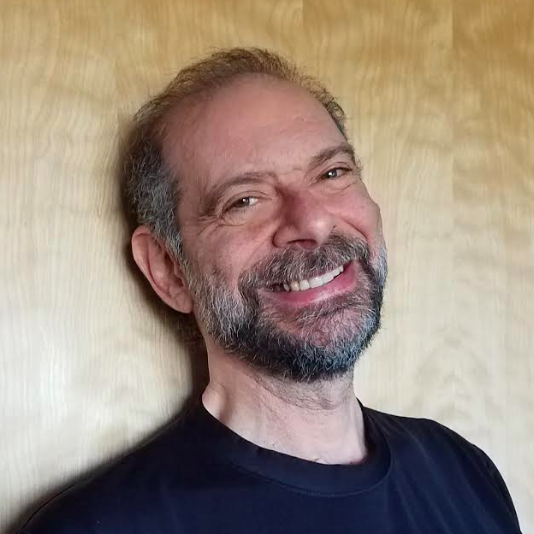The way we do business is going to be changing and some sneak previews of those changes are popping up in some pretty unlikely places. Like Haiti, for example, where humanitarian compassion and high-tech savvy are coming together in an impressive demonstration of what is possible in the absence of a functional business infrastructure as we have come to know it.
Here are a few examples of what is operational on the ground there today. These were developed or adapted for use in an emergency situation, but it doesn't take a huge leap of imagination to see how they could be useful in an everyday context as well.
- Electronic money.
- SMS message broadcasting
- Missing person finder
- Distribution tracking systems
- Open source mapping software
Electronic money comes to Haiti in the form of T-cash, which stands for telephone cash. It is being used to send aid funds from Mercy Corps to workers’ “mobile wallets,” where they can use it to purchase goods, transfer funds to other individuals, or exchange for paper currency in either direction. The program is being piloted by mobile provider Voilà in conjunction with Unibank as their entry into a $10 million competition jointly sponsored by the Bill & Melinda Gates Foundation and USAID in an attempt to jump-start the idea of delivering financial services by mobile phone. This became an urgent necessity in Haiti as more than a third of Haiti’s banking infrastructure was destroyed by the earthquake.
Voilà, working with the International Federation of Red Cross and Red Crescent Societies (IFRC) also created a short-message-service (SMS) application to target cell-phone users based on their location. After the January 12th disaster, more than 1 million SMS messages went out every day containing information in Creole about emergency treatment, vaccinations, and other IFRC programs. In August, when storms were threatening the country, the IFRC sent warning messages to subscribers in the endangered areas. SMS messaging continues to play an important role in the ongoing cholera crisis, replacing old-fashioned pamphlet distribution.
In response to a call from the US State Department, Google engineers quickly found a way to synchronize missing person databases from various major news organizations and called it Person Finder. The app is a build-on to one developed after Hurricane Katrina and a later revision that was used by the Chilean government after their 2010 earthquake.
World Vision Canada, together with a Canadian IT company FieldWorker Mobile Technology Solutions, came up with a mobile technology Last Mile Mobile Solutions (LMMS) that makes aid distributions faster and fairer. It expedites the last step of the aid delivery process, the actual distribution of the needed items to those in need (i.e. the last mile) by automating the tracking and allocation of the relief goods, using photo ID cards and hand-held scanners, thus eliminating what used to be an hours-long wait in line for hungry and devastated people.
Open source maps, and their application in disaster-stricken areas like Haiti, have become exemplars of distributed collaboration. "Since mid-January, we've seen a whole set of interlocking technical communities swung into gear to piece together geographic information to help relief efforts after the earthquake in Haiti: OpenStreetMap, Ushahidi, CrisisMappers, and so on," writes blogger Schuyler Earle. “OpenStreetMap, particularly, has been a model of distributed collaboration, with basically no one calling the shots, while a thousand people painstakingly build a map database of Haiti drawn from aerial and satellite imagery that's so detailed that the Ushahidi volunteers have to ask for a simpler version.”
The technological fruits of Haiti’s disaster are already spreading far beyond the island nation. This model of technological and business innovation propagating from the bottom up has been described by Stu Hart, author of “Capitalism at the Crossroads,” as “base of the pyramid” development, a means of reducing poverty, reversing environmental destruction, and even counteracting terrorism.
In a pattern that is becoming familiar, and will likely become much more so, small-scale distributed application of appropriate technologies, having been proven successful in an indigenous context, has gone on to find wider application in developed countries. There are lessons to be learned here for those paying attention.
RP Siegel is the co-author of the eco-thriller Vapor Trails. Like airplanes, we all leave behind a vapor trail. And though we can easily see others’, we rarely see our own.
Follow RP Siegel on Twitter.

RP Siegel (1952-2021), was an author and inventor who shined a powerful light on numerous environmental and technological topics. His work appeared in TriplePundit, GreenBiz, Justmeans, CSRWire, Sustainable Brands, Grist, Strategy+Business, Mechanical Engineering, Design News, PolicyInnovations, Social Earth, Environmental Science, 3BL Media, ThomasNet, Huffington Post, Eniday, and engineering.com among others . He was the co-author, with Roger Saillant, of Vapor Trails, an adventure novel that shows climate change from a human perspective. RP was a professional engineer - a prolific inventor with 53 patents and President of Rain Mountain LLC a an independent product development group. RP was the winner of the 2015 Abu Dhabi Sustainability Week blogging competition. RP passed away on September 30, 2021. We here at TriplePundit will always be grateful for his insight, wit and hard work.














